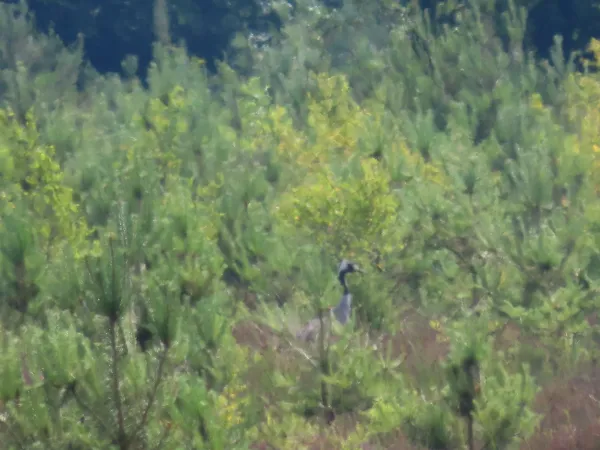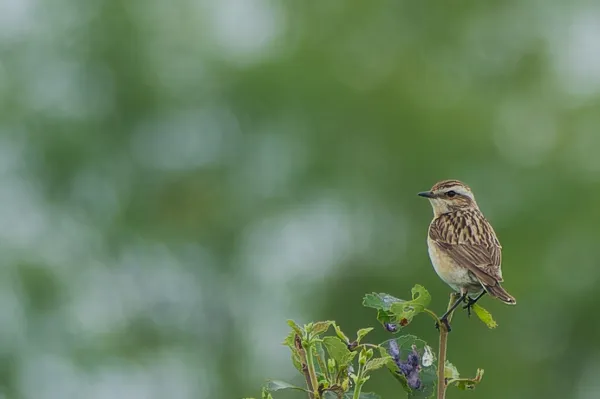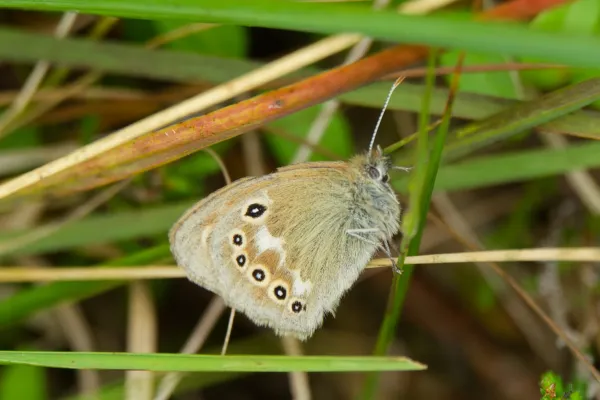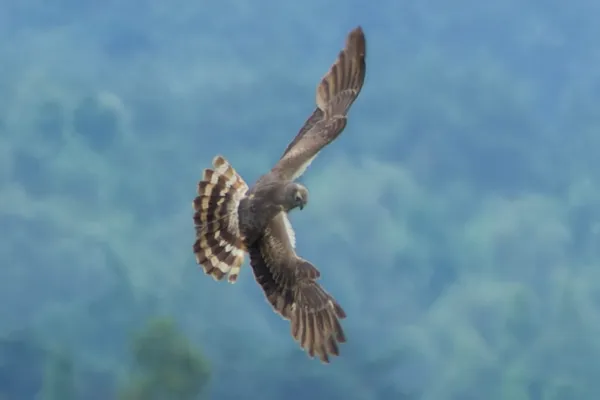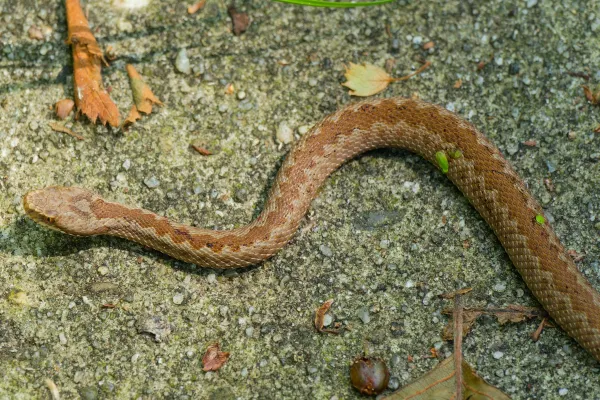Share:
The Fochteloërveen: A Tale of Peatland Restoration
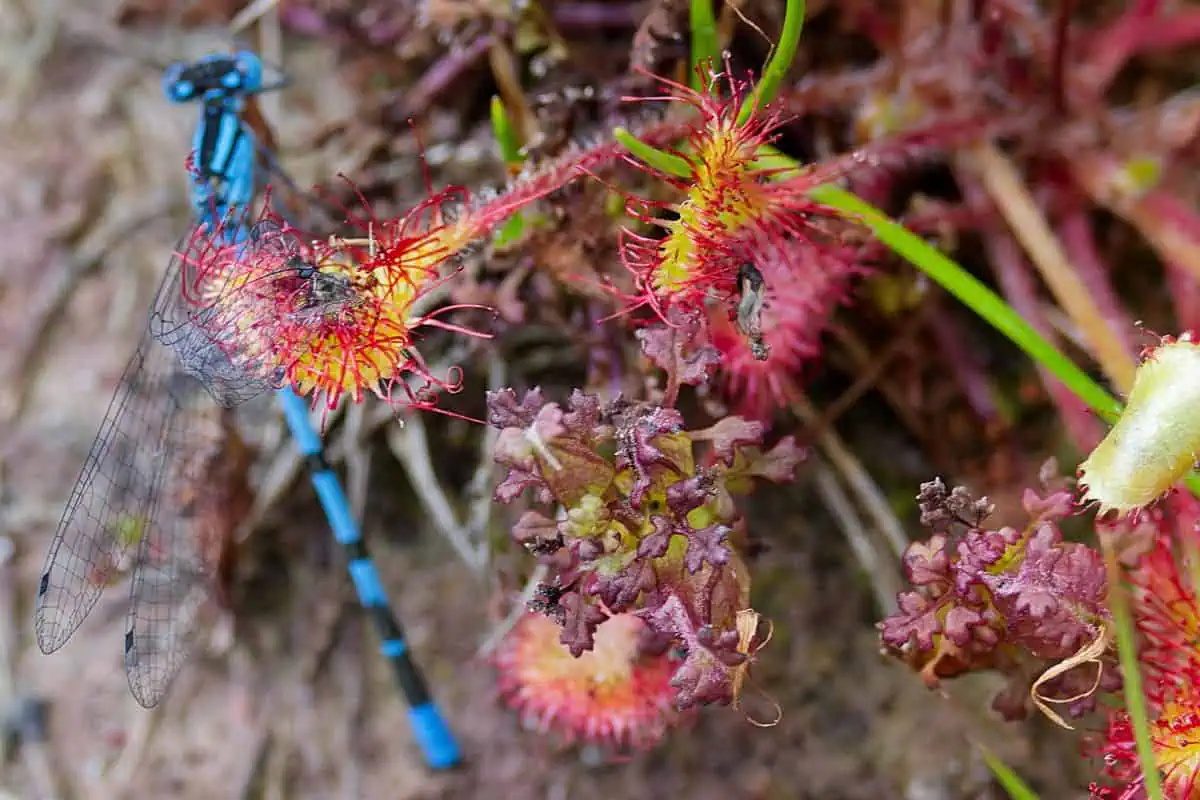
Nestled between the provinces of Drenthe and Friesland in the north of the Netherlands, the Fochteloërveen stands as a testament to the enduring power of nature and the meticulous efforts of conservationists. This unique area, one of the few remaining active raised bogs in the Netherlands, owes its preservation to a combination of historical happenstance and strategic ecological intervention.
The Fochteloërveen’s survival can be attributed to its isolated location straddling provincial borders, which historically shielded it from extensive agricultural and industrial exploitation. Recognizing its ecological value, it was designated a wetland of international importance under the Ramsar Convention. This designation underscored the urgency of restoring, rewilding and maintaining its delicate ecosystem.
Rewetting
To promote the growth of the peat bog, extensive rewetting measures were implemented. These included constructing dams and filling in drainage ditches to raise the water table, crucial for the survival of peat mosses, the building blocks of the bog. These efforts have paid off spectacularly. The once-drained and degraded landscape now teems with a diversity of plant life. Rare species like the brown peat moss (Sphagnum fuscum), which had nearly vanished, are making a comeback. The rewetting has also curbed the spread of the invasive purple moor-grass (Molinia caerulea), allowing more native species like hare’s-tail cottongrass (Eriophorum vaginatum) and bog rosemary (Andromeda polifolia) to flourish.
The resurgence of these plant species has, in turn, supported a renaissance of the area’s fauna. The large heath butterfly (Coenonympha tullia), once a rare sight, is now one of the few thriving populations in the region. The Fochteloërveen has also become a breeding ground for the common crane (Grus grus), one of the few such sites in the Netherlands. These majestic birds, with their distinctive calls and impressive wingspans, have become symbols of the area’s successful restoration.
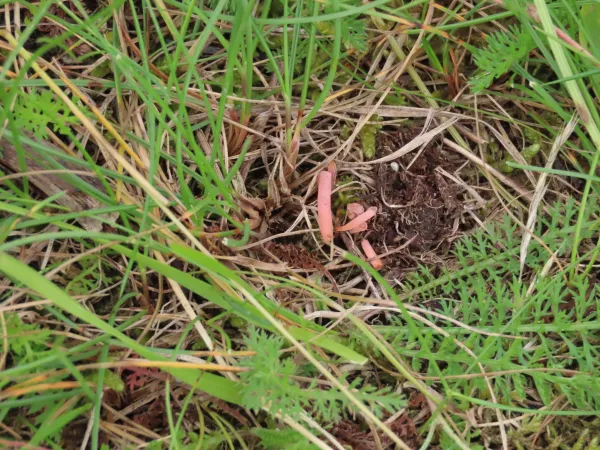
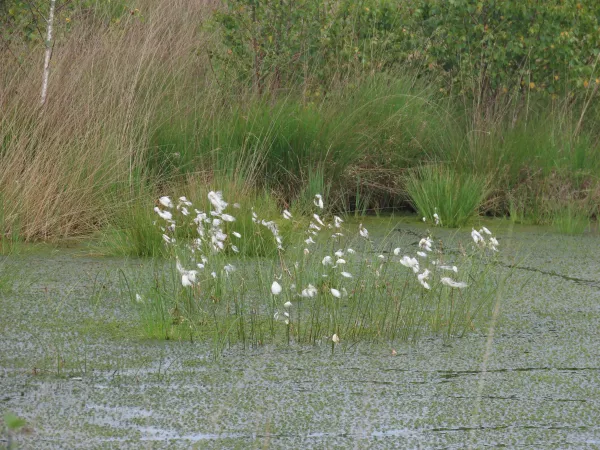
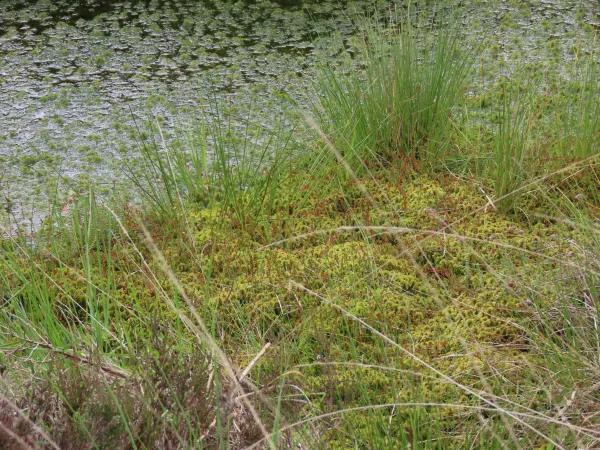
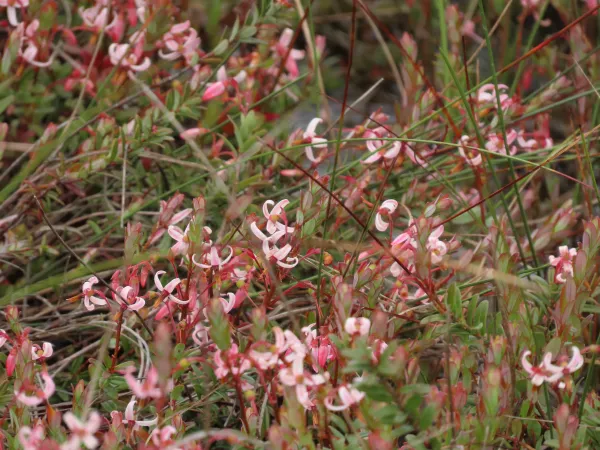
Adding to the rich tapestry of the Fochteloërveen’s wildlife are species like the whinchat (Saxicola rubetra), known for its melodious song, and the Montagu’s harrier (Circus pygargus), a rare sighting that has delighted birdwatchers. The presence of the rose spindles fungus (Clavaria rosea), one of the rarest sightings in 2024, further underscores the area’s biodiversity.
Living Lab
The restoration of the Fochteloërveen is a remarkable success story that highlights the importance of preserving and nurturing our natural landscapes. It serves as a living laboratory for ecosystem restoration, demonstrating the intricate connections between water management, plant life, and wildlife. The efforts here not only enhance local biodiversity but also contribute to global conservation goals.
The Fochteloërveen’s journey from near-degradation to vibrant restoration illustrates the profound impact of dedicated conservation efforts. As a critical component of the broader landscape, it continues to inspire and educate, offering invaluable lessons for ecosystem restoration worldwide. The Fochteloërveen is not just a haven for rare species but a beacon of hope for the enduring resilience of nature.
